Contents
History of Stud Welding
Stud welding has been a professional form of metal joining since its invention in 1938 by the Pavett Brothers. Since then, it has come to be recognized as a reliable, cost-effective and clean method for setting metal fasteners that require extra strength over a standard bolt or rivet installation.
It is primarily used throughout industries ranging from aerospace to automotive and marine applications due to its repeatable, high-quality results.
The process consists of heating a threaded piece of stud weld-fastener via an electric arc, then pressing it against the base material to create a strong bond in just seconds.
Stud welding offers many different advantages over traditional welding techniques, such as its’ comparatively low setup time,
Reduced risk of hot-work-related fire and explosion hazards, and depending on the application, may even help eliminate costly rework operations.
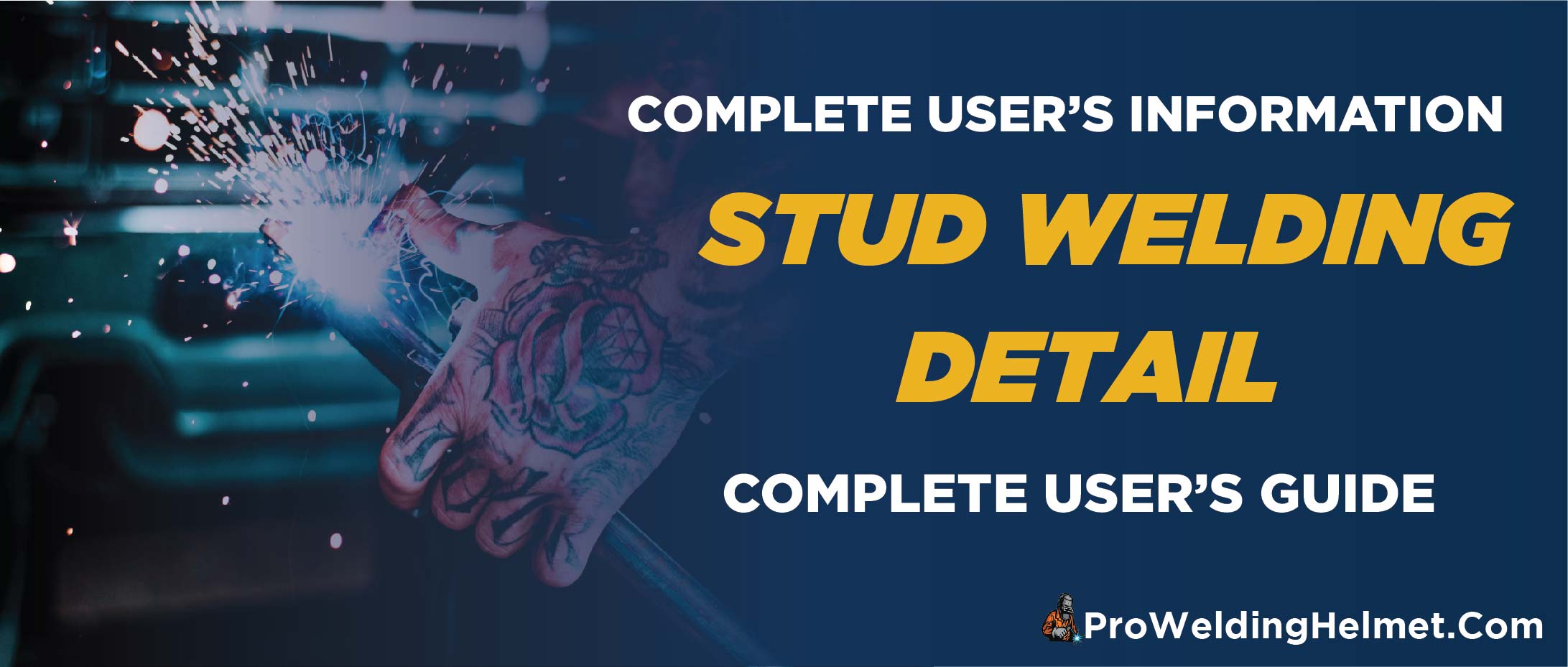
What is Stud Welding
Stud welding is a process that uses an electric arc to heat and join two pieces of metal together. The stud weld fastener is placed between the two metals and then heated with an electric arc until it’s molten.
Once it has reached the desired temperature, pressure is applied to the stud, which causes the stud to bond to the base material creating a solid joint.
The process is fast and economical and produces a reliable bond that can withstand the most challenging conditions.
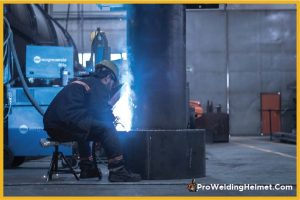
Stud welding is widely used in many different industries, such as aerospace, automotive, marine and construction, due to its ability to provide a stronger connection than traditional bolt or rivet installation methods.
In addition, it helps reduce setup time and eliminates hot-work-related fire and explosion hazards in specific applications.
Stud welding is a reliable, cost-effective, clean method of setting metal fasteners that require extra strength over a standard bolt or rivet installation.
It can join many different metals, including steel, stainless steel, aluminium and copper alloys.
What is The Process of Stud Welding
The stud welding process involves heating a threaded piece of weld fastener via an electric arc and then pressing it against the base material.
This creates a connection between the metal surfaces, which is strong enough to hold under most conditions that require extra strength fastening.
The heat produced by the arc melts the end of the stud, which allows it to form a bond with the base material.
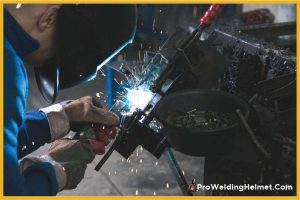
It offers many advantages over traditional welding techniques, such as its’ comparatively low setup time, reduced risk of hot-work-related fire and explosion hazards, and depending on the application, may even help eliminate costly rework operations.
Stud welding is a widely used process that offers many advantages over traditional metal joining methods.
It produces a robust and reliable bond in seconds, reduces setup time, eliminates hot-work-related fire and explosion hazards, and, depending on the application, may even help eliminate costly rework operations.
Methods of Stud Welding
Arc Stud Welding
Arc stud welding is the most commonly used type of stud welding. It is fast and economical, produces a reliable bond that can withstand harsh conditions and requires minimal setup time.
Arc stud welding involves heating a threaded piece of weld fastener via an electric arc, then quickly pressing it against the base material for it to create a strong bond in just seconds.
This method produces a robust and reliable connection between the two metals highly resistant to corrosion and other environmental elements.
Resistance Stud Welding
also known as capacitor discharge stud welding (CDSW), is another method of stud welding that utilizes an electrical charge to create a secure bond between the fastener and base material.
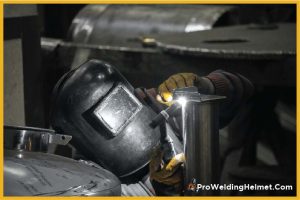
This process eliminates hot-work-related fire and explosion hazards, making it ideal for applications with a high risk of such threats.
The process involves using an electrical charge to heat the fastener until it has melted into a molten state, then quickly pressing it against the base material to create a strong and reliable bond.
What is The Application of Stud Welding
Stud welding is used in a variety of industries and applications, such as:
- Aerospace – Stud welds are commonly used to attach parts and components on aircraft.
- Automotive – Stud welds are commonly used to attach parts and components on cars and other vehicles.
- Marine – Stud welds attach parts and components on ships, boats, and other marine vessels.
- Construction – Stud welds are often used in the construction industry for building bridges and other structures.
- Industrial – Stud welds can be used to attach parts and components together in industrial settings.
What Are The Safety Precautions of Stud Welding
Stud welding should only be performed by qualified personnel who have received proper training in its safety procedures.
When performing stud welding, always wear the necessary personal protective equipment (PPE), such as a face shield and heat-resistant gloves, to protect against sparks and hot metals.
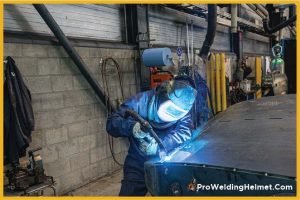
Additionally, ensure that all work areas are free from combustible materials and observe all safety regulations the local fire department sets.
Finally, always use certified stud welding equipment from a reputable supplier to ensure that all welds meet the required standards for quality and reliability.
Advantages of Stud Welding
- Quicker than traditional welding methods
- Produces strong bonds with minimal distortion
- Reduces setup time and eliminates hot-work-related fire and explosion hazards
- Requires minimal skill to operate
- May help to eliminate costly rework operations, depending on the application.
Disadvantages of Stud Welding
- High initial investment in equipment and materials
- Possible risk of damaging the parent material or the fastener
- Requires qualified personnel to operate safely
- Not suitable for use in buried applications.
Future of Stud Welding
Stud welding technology is constantly evolving, and new products and processes are being developed to make stud welding faster, safer, and more cost-effective.
In the future, it is expected that more automated processes will be used for stud welding applications and other joining technologies that can increase productivity and reduce costs.
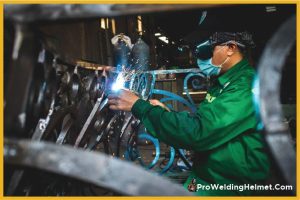
Additionally, new materials may be developed designed explicitly for stud welding, which could reduce the cost of this process.
With continuous technological advancements, stud welding will likely continue to be a reliable and cost-effective option for joining materials in various applications.
Final Takeaway
Stud welding is a quick and efficient process that produces strong bonds with minimal distortion. It is widely used in many industries and applications, including aerospace, automotive, marine, construction, and industrial.
When performed correctly, stud welding can help to reduce setup time and eliminate hot-work-related fire and explosion hazards.
Additionally, it requires minimal skill to operate and may help to eliminate costly rework operations. However, it requires a high initial investment in equipment and materials and qualified personnel to use it safely.
Despite this, stud welding is expected to continue being an effective joining technology in the future due to advances in technology and new materials being developed specifically for this process.
if you are intrested to review more about Tack Welding click here